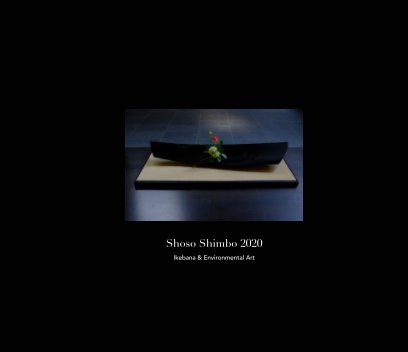How can we interpret the Ikebana boom after the war? This is a very interesting topic which may shed light on one aspect of Japanese society. What I’ll do here is just propose some hypotheses.
First, let’s consider who was involved in this boom. Ninety five percent of the Ikebana population is women. Some people may think Ikebana is just for women. But Ikebana was for men from its beginnings in the Muromachi period up until the Edo period. It gained popularity among women in the Edo period and became a "must have" skill for women after the Meiji period.
It is also interesting to note that male Ikebana practitioners, 5 % of the Ikebana population, are most likely to be teachers. We can probably assume that the majority of the people involved in the Ikebana boom after the war were young women who practiced Ikebana for a few years as a hobby.
Why did those women choose Ikebana? This is the biggest question. We need to carefully look at the Japanese society at that time. It was a male dominated society. Women were discriminated against in many, often subtle, ways. Since the equal employment opportunity law of 1985 the situation seems to be changing.
Interestingly, Ikebana seems to be less popular since 1985. I don’t want to say categorically that the popularity of Ikebana is related to gender inequality. But this may be something we need to investigate further in considering the position of Ikebana in Japanese society - is there a link between the popularity of Ikebana and the role of women in society?
I made this display for a graduation ceremony at a TAFE college. This classy oriental lily, the Sorbonne, has a very clear pink at its centre. Look at it for one minute or so in the morning and you feel invigorated straight away.
Ikebana artists are good at this kind of display for events or parties. We should be promoting more how much impact floral displays can have on people.
http://www.shoso.com.au
























